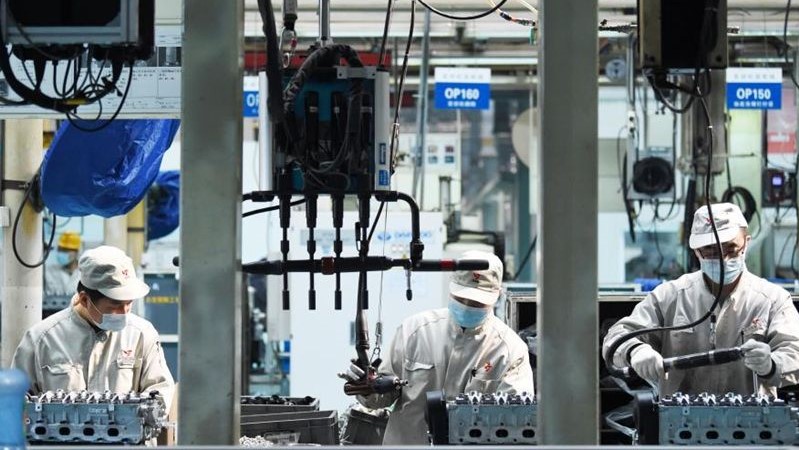Article originally published in the South China Morning Post.
China continues to move forward with its dual circulation strategy, first laid out at the Communist Party Politburo meeting in May last year. The strategy describes “a new development pattern where domestic and foreign markets can boost each other, with the domestic market as the mainstay”.
China’s historical economic ascent was largely driven by trade and foreign direct investment. To succeed, China’s export and FDI-led development model required a benign global policy environment. China needed sufficient policy space and freedom to pursue its unique blend of single-party rule, state-directed capitalism and quasi-mercantilist trade practices.
And for the past three to four decades, that benign environment has generally existed. China’s rise was welcomed and facilitated by its partners. Questions about World Trade Organization compliance or concerns over “challenges” inherent in doing business in China were glossed over. China’s global integration was broadly viewed as mutually beneficial, yielding both economic and strategic benefits.
Many of China’s partners now view those earlier optimistic assumptions as a massive strategic miscalculation. The hoped-for mutually beneficial relationship has started to look unbalanced.
From a policy perspective, trade battles are likely to intensify. The success of the dual circulation strategy will depend largely on China’s ability to spur domestic innovation and achieve technological parity (if not superiority) with the most advanced countries.
China will use everything in its toolbox to achieve its technological objectives, including massive subsidies, coerced technology transfers and non-market activities by state-owned enterprises. In essence, China will be doubling down on the precise trade policies that have already generated the most friction with its developed world partners.
From a business perspective, China will continue to want and need engagement with foreign companies. Beijing policymakers have no illusions of self-sufficiency.
Foreign companies in China seen to be directly contributing to the success of the dual circulation strategy will find an amenable and frequently profitable business environment. But China will be more demanding about the terms of the engagement and, for some foreign companies in China, life will get tougher.
What does this mean in real-world terms? If you cannot draw a straight line between your corporate activities in China and China’s specifically delineated development goals, you could be on thin ice.
To be clear, no one will be thrown out. Instead, subtle and not-so-subtle legal, regulatory and market measures will be used to make it more onerous for less-favoured companies to conduct business in China. More foreign companies will decide the juice is not worth the squeeze and depart.
To an extent, these dynamics are well understood and the game is already being played. Foreign business organisations in China have bent over backwards for years to show the synergies between their corporate members and China’s development objectives.
Voluminous reports are prepared and executives speechify on the research and development they conduct in China and the technology they transfer to local partners. The pressure on foreign companies to “justify their existence” in China will intensify as the preference for domestic alternatives becomes more explicit.
China’s leadership has accurately diagnosed a fundamental shift in the external policy environment and is responding with logical policies to advance national interests. Through the dual circulation strategy, it seeks to make China less dependent on the rest of the world while maximising the leverage associated with the world’s dependence on China.
The implications of China’s strategy need to be clearly understood by foreign governments and companies. And they will need to be just as insightful and pragmatic as the Communist Party in developing strategies to account for current realities and to protect their interests. A new era has begun.
© The Hinrich Foundation. See our website Terms and conditions for our copyright and reprint policy. All statements of fact and the views, conclusions and recommendations expressed in this publication are the sole responsibility of the author(s).








